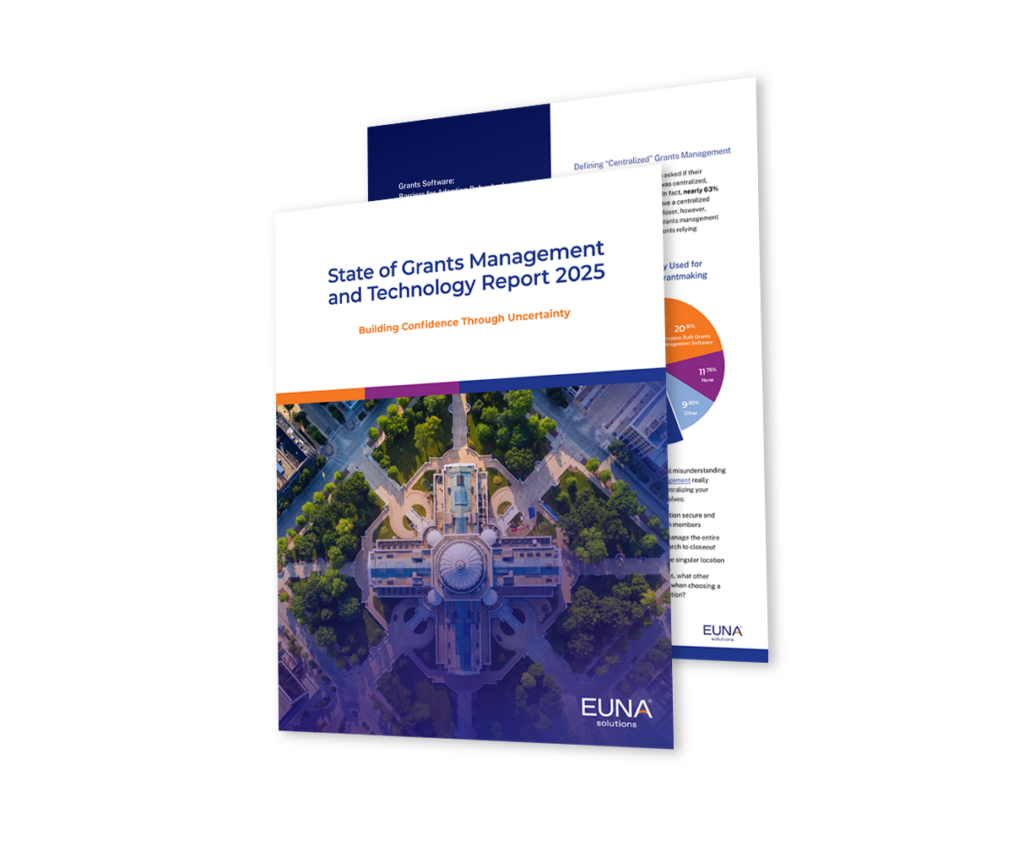Inclusive education is a practice that strives to create learning spaces in which all students are given the opportunity to learn alongside their peers. In special education, this means designing learning experiences and instructional strategies that provide access to content for all children with disabilities. This practice works best when it is tailored to the individual needs of each student.
The Individuals with Disabilities Education Act (IDEA) outlines that one of its stated purposes is to “assess, and ensure the effectiveness of, efforts to educate children with disabilities.” This is a foundational point for having inclusive practices in both the general education classroom and the special education classroom, as it shows intent to give students with disabilities the most egalitarian educational opportunities possible.
While many students with disabilities receive special education services in special education programs and classes, this blog will mainly focus on ways that general education classrooms can create inclusive practices that aid in providing all students with the least restrictive environment to the maximum extent.
These inclusive practices in special education can be implemented across the curriculum to provide students with disabilities with more opportunities for success. For example, a teacher might use flexible grouping to create small groups of students with similar needs, allowing them to work together on a project.
Building inclusive schools takes intentional effort to create a learning environment that welcomes and includes all students, and that provides them with the support they need to be successful. We have provided 5 inclusive education strategies that will help you foster more equitable environments for your students with disabilities.
Tip #1: Get to know your students.
When you take the time to get to know each student’s individual needs, it helps you tailor your instruction and create a more welcoming learning environment. Establishing positive relationships with students is also key to creating a more inclusive school and classroom. Showing them that you care about their success and are committed to helping them reach their potential can go a long way.
You can implement these 5 strategies to get started:
- Take an interest in your students’ hobbies or interests. Ask them about their favorite subjects, books, movies, music, sports teams, or other topics of interest.
- Ask them questions about their strengths and challenges. Get to know how they learn best, the areas that are most difficult for them, and the strategies that have helped them in the past.
- Learn about their disability. Research the specific disability and the accommodations that can help them access the general education curriculum.
- Involve the family. Ask parents or guardians about their child’s interests, needs, and preferences.
- Listen to their feedback. Ask your student how they feel about the classroom environment and ask for their input on how to make it better.
Tip #2: Create a positive culture.
Fostering inclusivity by creating a positive culture is impactful for both special education and regular classes. You can create a positive culture in your class for students with disabilities by:
- Establishing clear expectations, routines, and behavioral supports
- Providing positive reinforcement for when students meet their learning goals
- Promoting respect for others
- Aiding students’ social skills
- Encouraging open communication and feedback
- Creating an atmosphere of acceptance and support
By following these six steps, you can create a positive culture in your classroom and ensure that your students with disabilities feel supported, accepted, and respected by other students and yourself.
Tip #3: Offer individualized instruction.
Individualized instruction is a critical component of inclusive education. It involves tailoring instruction to meet the specific needs and abilities of each student. To offer individualized instruction to students with disabilities, teachers need to understand their specific needs and accommodate them accordingly.
This may involve providing additional support such as modified assignments, differentiated instruction, or small group instruction. It’s also important to provide students with choices and allow them to take part in goal setting and decision making. Additionally, teachers should allow students to work at their own pace and provide them with feedback on their progress. By offering individualized instruction, teachers can ensure that all students have the opportunity to reach their full potential.
Tip #4: Provide accommodations.
Accommodations can help level the playing field so that all students have a fair chance at success. There are a variety of accommodations that can be provided, including modified assignments, differentiated instruction, assistive technology, and extended time on tests.
Additionally, teachers can provide alternative ways for students to demonstrate knowledge such as oral assessments, graphic organizers, and visual aids. It is important to work with the student and their family to identify strategies that are most effective for them. Finally, accommodations should be regularly monitored and adjusted as needed to ensure students are able to succeed in the classroom.
Tip #5: Make use of technology.
Assistive technology can enable students with disabilities to participate in educational activities they would otherwise not be able to complete. In the classroom, assistive technology includes anything from low-tech tools, such as adapted pencils and magnifiers, to high-tech tools, such as voice recognition software or augmentative communication devices.
Assistive technology can be used to help students with disabilities increase their independence and participate in activities in general education classes that they may not be able to do otherwise. Teachers should familiarize themselves with the different types of assistive technology and leverage them to help students succeed in the classroom.
Looking for some examples of special education inclusive practices? Read our next blog to learn how you can apply this concept in your own classroom.

